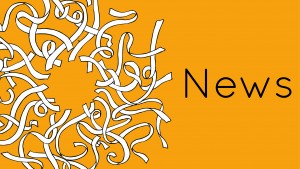 It has long been supposed that individuals who are blind from an early age may never have their sight restored, due to incomplete development of the visual centres in the brain. However, scientists at the Hebrew University in Jerusalem and in France have shown, with the aid of specialised photo and audio equipment, that the ability to ‘see’ and correctly describe letters, words and even objects can still remain.
It has long been supposed that individuals who are blind from an early age may never have their sight restored, due to incomplete development of the visual centres in the brain. However, scientists at the Hebrew University in Jerusalem and in France have shown, with the aid of specialised photo and audio equipment, that the ability to ‘see’ and correctly describe letters, words and even objects can still remain.
The technique involves sensory substitution devices (SSD) that provide visual information using other senses. An example would be the visual to audio SSD where the user has a small camera connected to a computer and stereo-headphones. What the camera sees is translated to ‘soundscapes’, which are predictable patterns of noise that the user can translate back to ‘visual’ information with around 70 hours of training. People were able to discriminate between object types such as faces, houses and everyday objects; even progressing as far as to differentiate between facial expressions.
The Amedi lab at the Hebrew University went on to use imaging techniques to identify the parts of the brain activated by this visual perception taught late in life. They found that the supposedly dormant visual regions of the brain were activated and that the patterns of activation were similar to those of a sighted person.
Dr. Amedi suggests that, as evidenced in this and other recent studies, the adult brain is more flexible than previously believed, which allows for the possibility that visual restoration and rehabilitation may one day be feasible.
![Sight restoration through the use of ‘Soundscapes’ It has long been supposed that individuals who are blind from an early age may never have their sight restored, due to incomplete development of the […]](/wp-content/uploads/2011/10/News-image-01-620x300.jpg)